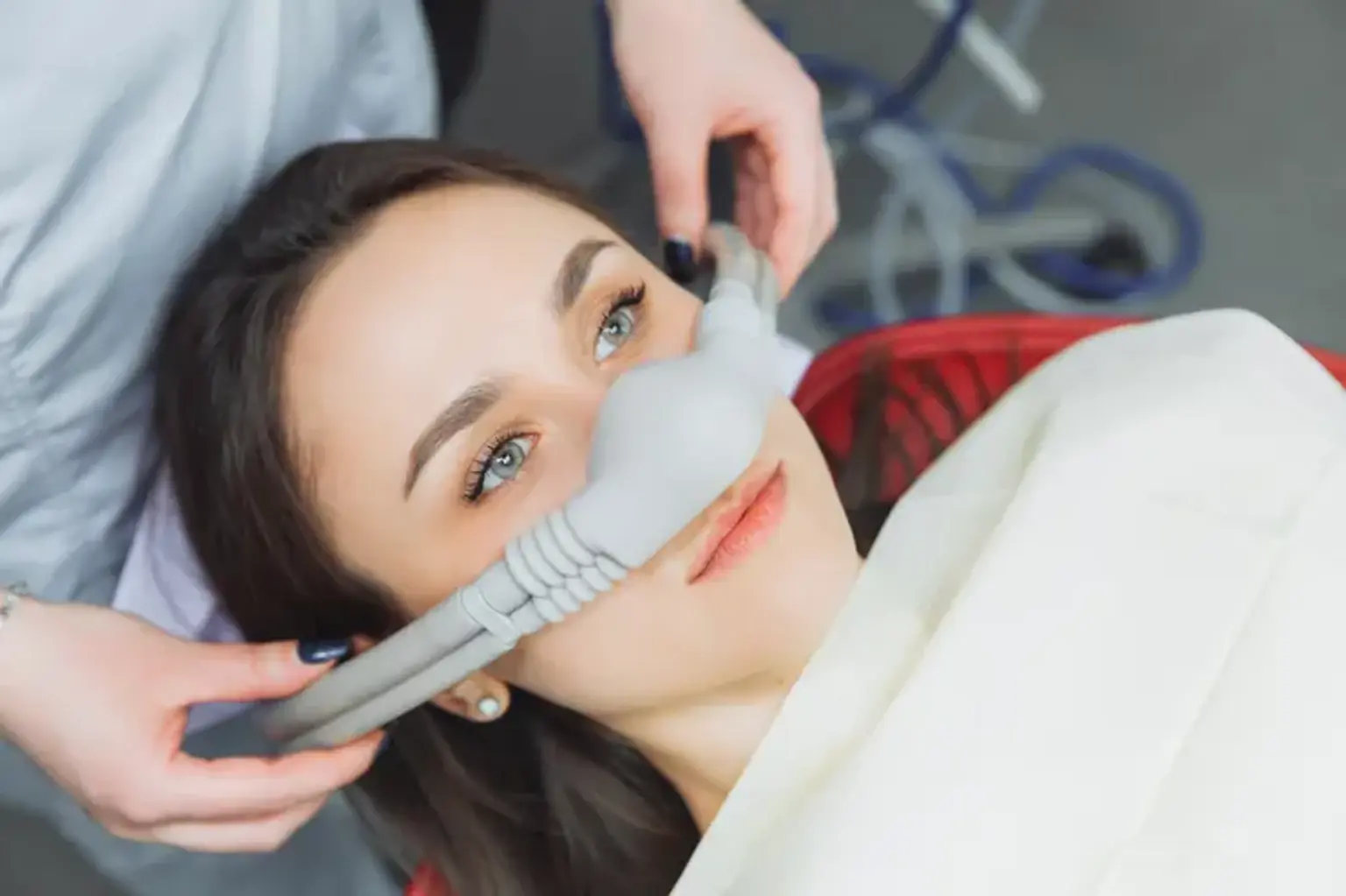Conscious sedation (2 hours)
Overview
Sedation in dentistry has been a contentious topic due to concerns about its safety, particularly in the dental chair. Due to the high intensity of pain, dental fear and anxiety are not only common in children but also significantly prevalent in adults. The most difficult challenge is sharing the airway between the anesthesiologist and the dentist. The goal of this review is to look at recent trends in conscious sedation in dentistry from the perspective of an anesthesiologist. It will provide a practical overview of the drugs' or gasses' pharmacokinetics, pharmacodynamics, and routes of administration.
